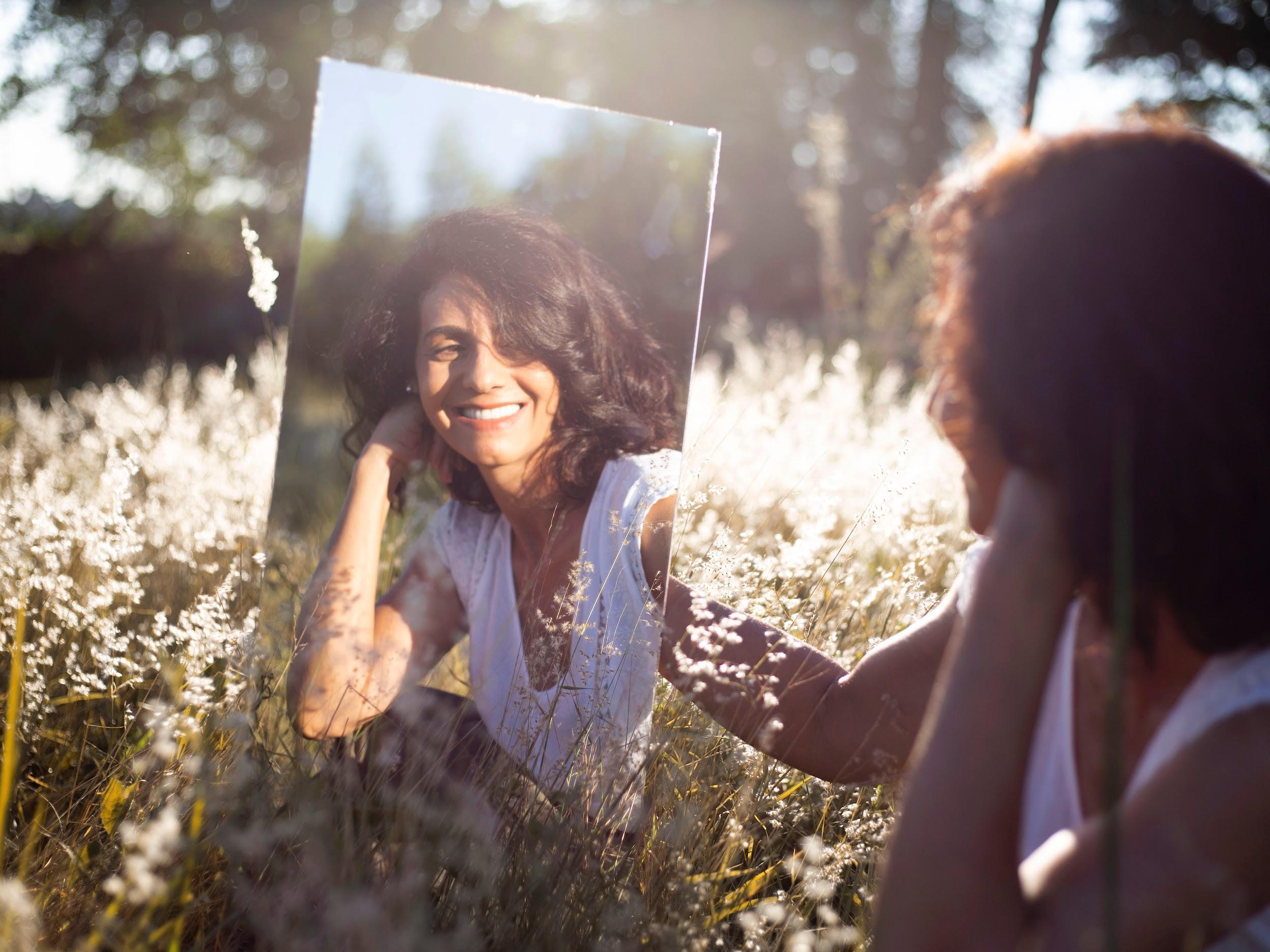Let there be light! It’s the only way we can perceive beauty.
Photographic lighting has always been a cutting technique for taking good pictures for as long as we can remember.
You might have noticed that most cameras come with a lighting bulb, that’s to show how important lights are to photography. They are like Bonnie and Clyde.
Professional photographers know how important lighting is, and as a beginner, you must learn how lighting works before churning out excellent photos.
Why do we need lighting in photography?
Because light is magical!
Of course, that’s not only why we need lighting. Lights work with colors, and we can’t perceive colors without them. So the logic is, more lights equal more color.
Well, too much light could be unpleasant, but just the right proportion of light could do wonders for your photos.
Lighting is all about managing reflections. In other words, having a light around when taking a photoshoot isn’t the peak of photography, but controlling its reflection on your subject matter is what matters most.
Different proportions of light on the same subject matter would give different reflections.
Reflections also change, depending on what makes up the surface of your subject matter.
For example, an up-close shot of a mirror can be pretty tricky with reflections.
Here are the fundamental reflections you can achieve with any light; fluorescent, strobe, tungsten.

Diffuse Reflection
Diffuse reflection is an equal reflection of light that comes from every point of a targeted surface. That means all surface parts reflect an equally proportioned amount of light irrespective of the viewing angle.
White surfaces often give off a diffuse reflection. Black surfaces, on the other hand, tend to change when viewed from different angles.
When working with a diffused reflection, you can be confident that no matter the positioning of your camera, you’d get the same light density. To achieve extra brightness at all angles, you’ll need to move the light source closer to the subject matter.

Specular Reflection
Specular reflection is also known as direct reflection. It is the exact opposite of diffused reflection.
You get a specular reflection from polished surfaces like glasses. Once light hits such a surface, it reflects from just one angle, usually close to the angle of impact.
Note, this works with dark, rough, and polished surfaces. A change in the distance of the light source doesn’t increase the brightness on the surface; you can only increase the intensity of a specular reflection when you increase the light’s density.
Your camera would also pick up different color shades depending on the angles it’s positioned.
If you master how to control and manipulate these reflections, there’s no limit to the number of amazing photos that you can take. And while you’re at it, don’t forget to use ImageCoast for your image hosting. Now is the right time to show the world what you’ve got,
Want to learn more ways to become a better photographer?
Check out the four things you need to know as a beginner.

Good to be going to your blog once more, it has been months for me. Nicely this article that I’ve been waiting for so long. I require this write-up to total my assignment in the school, and it has the same subject together with your article. Thanks, excellent share.